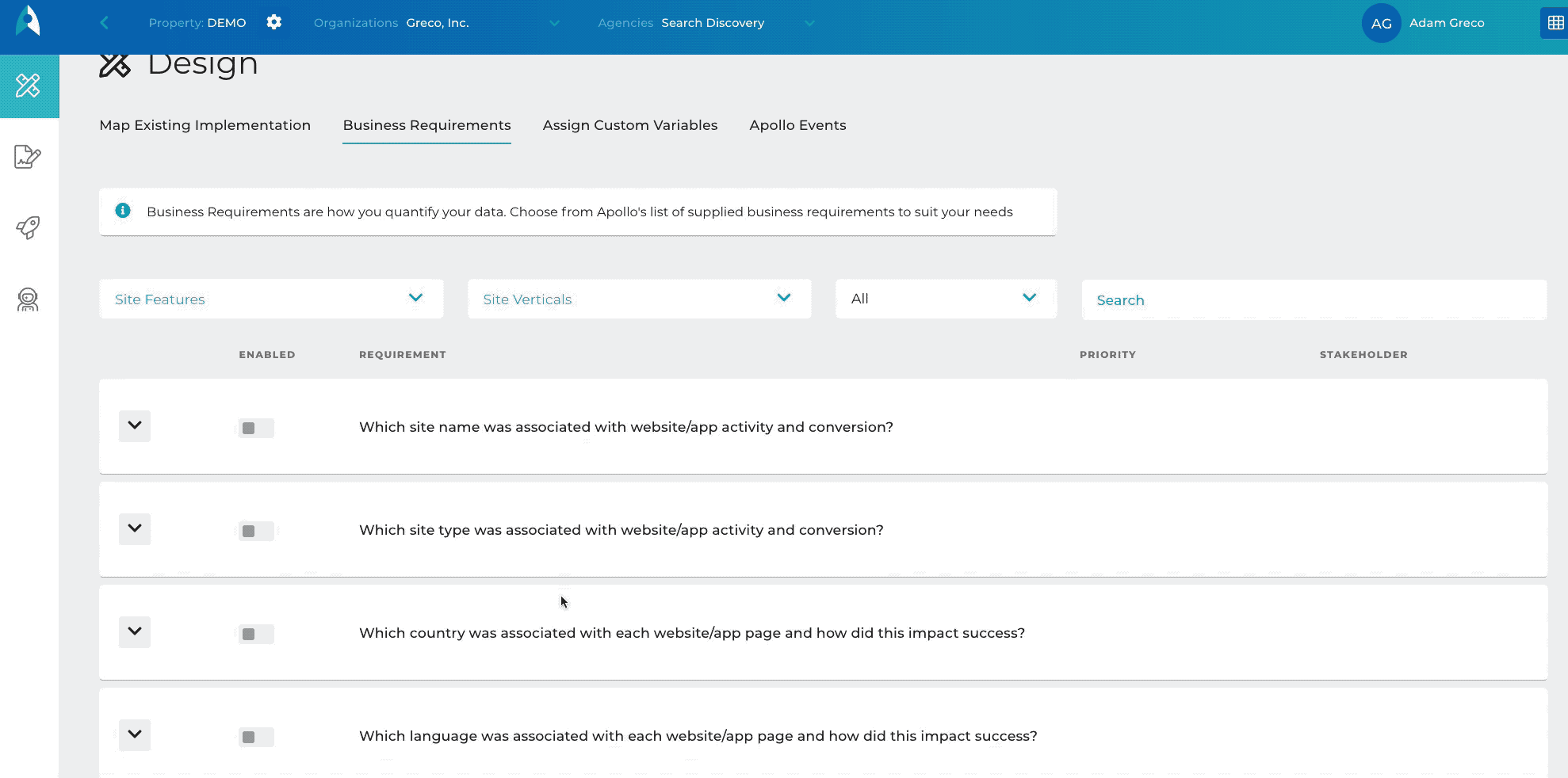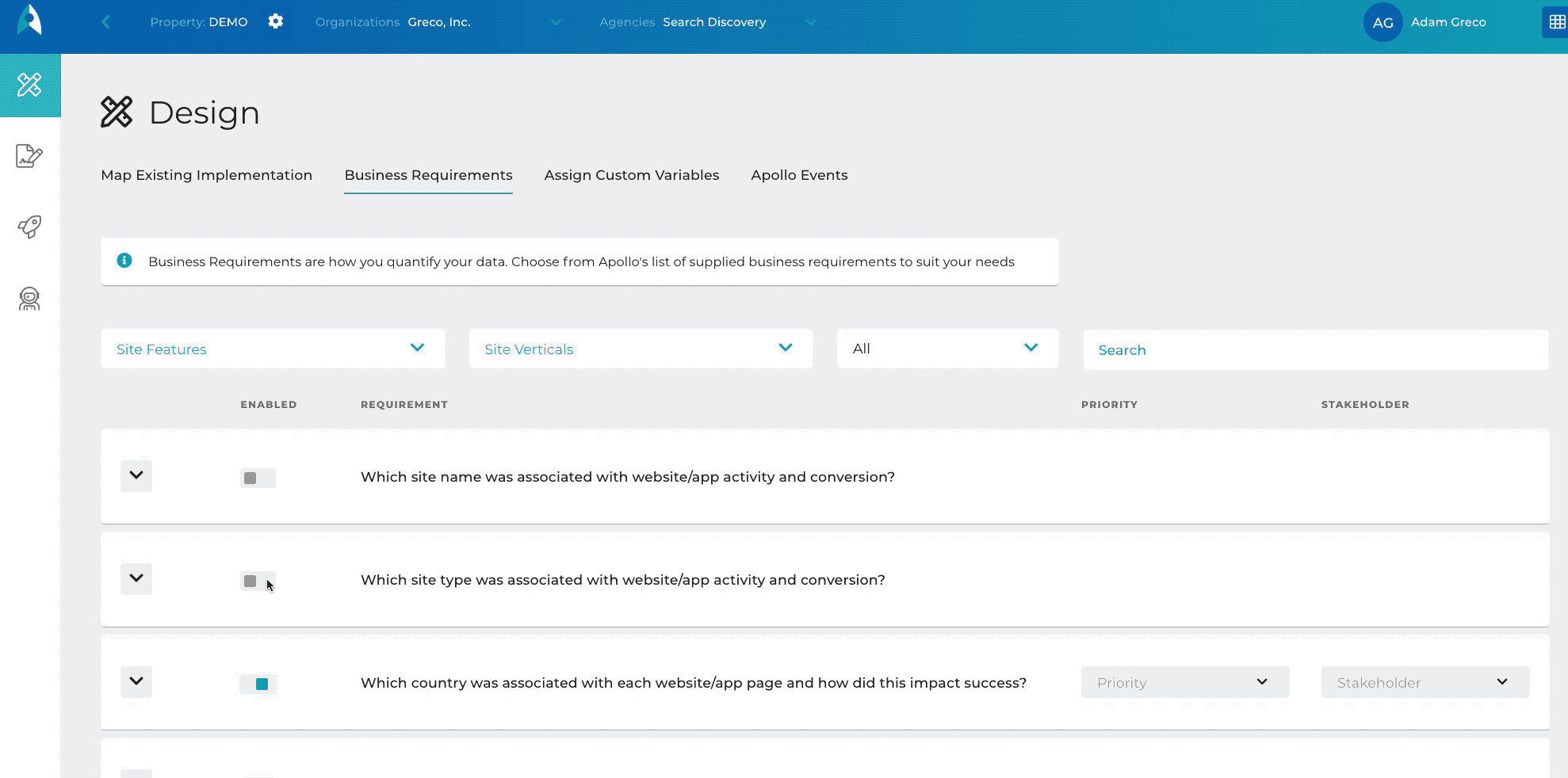
What is a Data Layer and what are Tagging Specifications?
When organizations realized that hard-coding tags directly onto pages (spoiler: these broke easily) was a bad idea, the industry transitioned to passing data from the page into a new abstraction layer (normally a JSON object) that was always populated, regardless of how the page looked or changed. Then analytics tools would grab the data from that object and populate analytics variables (eventually done through tag management systems). This abstraction layer was called a “data layer” and quickly became the industry standard (you can learn more about data layers here).



